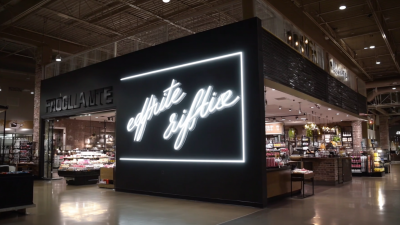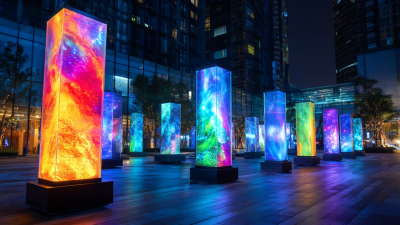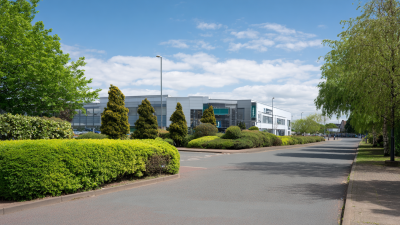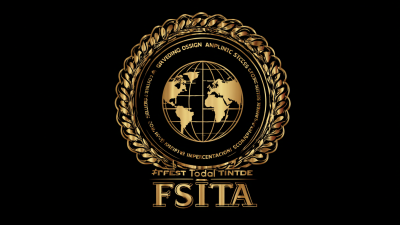



As the world of advertising continues to evolve, Acrylic LED Signage has emerged as a crucial player, combining aesthetic appeal with functional illumination to enhance brand visibility. According to recent market analysis, the demand for LED signage is projected to grow at a CAGR of 6.8% from 2022 to 2027, driven by advancements in technology and a shift towards energy-efficient solutions. The 2025 Canton Fair, specifically the 138th edition, showcases a wealth of innovations in this sector, providing insights into the latest trends, materials, and applications of Acrylic LED Signs. With the capacity to capture attention in both indoor and outdoor environments, these signs have become essential tools for businesses looking to stand out in a competitive marketplace. This event not only highlights the intricate designs and customizable options available but also reflects a growing commitment within the industry to sustainability and user-friendly technology, positioning Acrylic LED Signage at the forefront of modern marketing strategies.
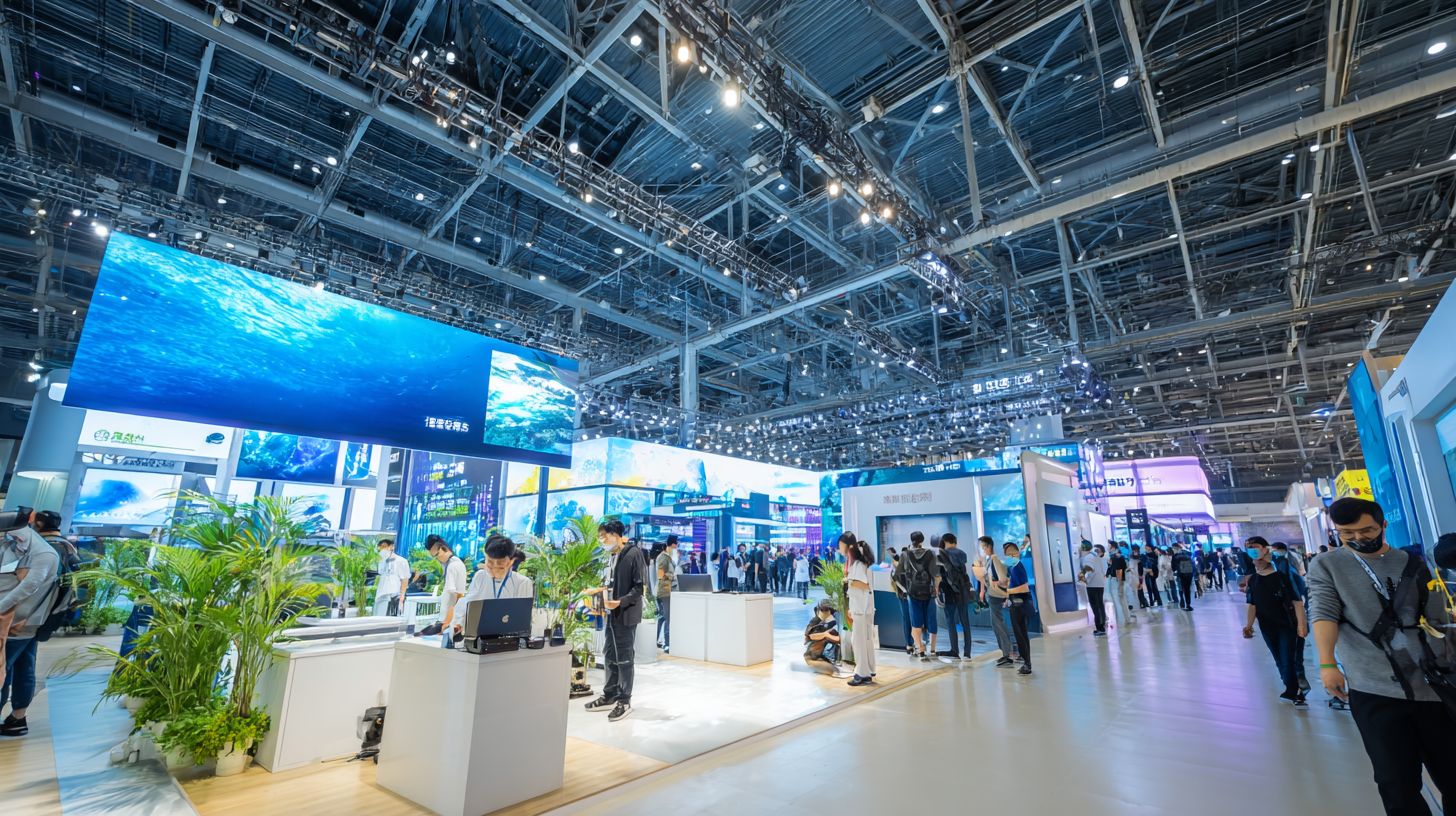
The 2025 Canton Fair showcased groundbreaking innovations in acrylic LED signage, highlighting a significant shift in design trends that industry professionals are eager to embrace. With the increasing demand for visually appealing and energy-efficient solutions, acrylic LED signs have gained popularity as they blend aesthetics with functionality. Reports indicate that the global LED signage market is expected to reach over $20 billion by 2026, driven by advancements in technology that enhance both performance and design versatility.
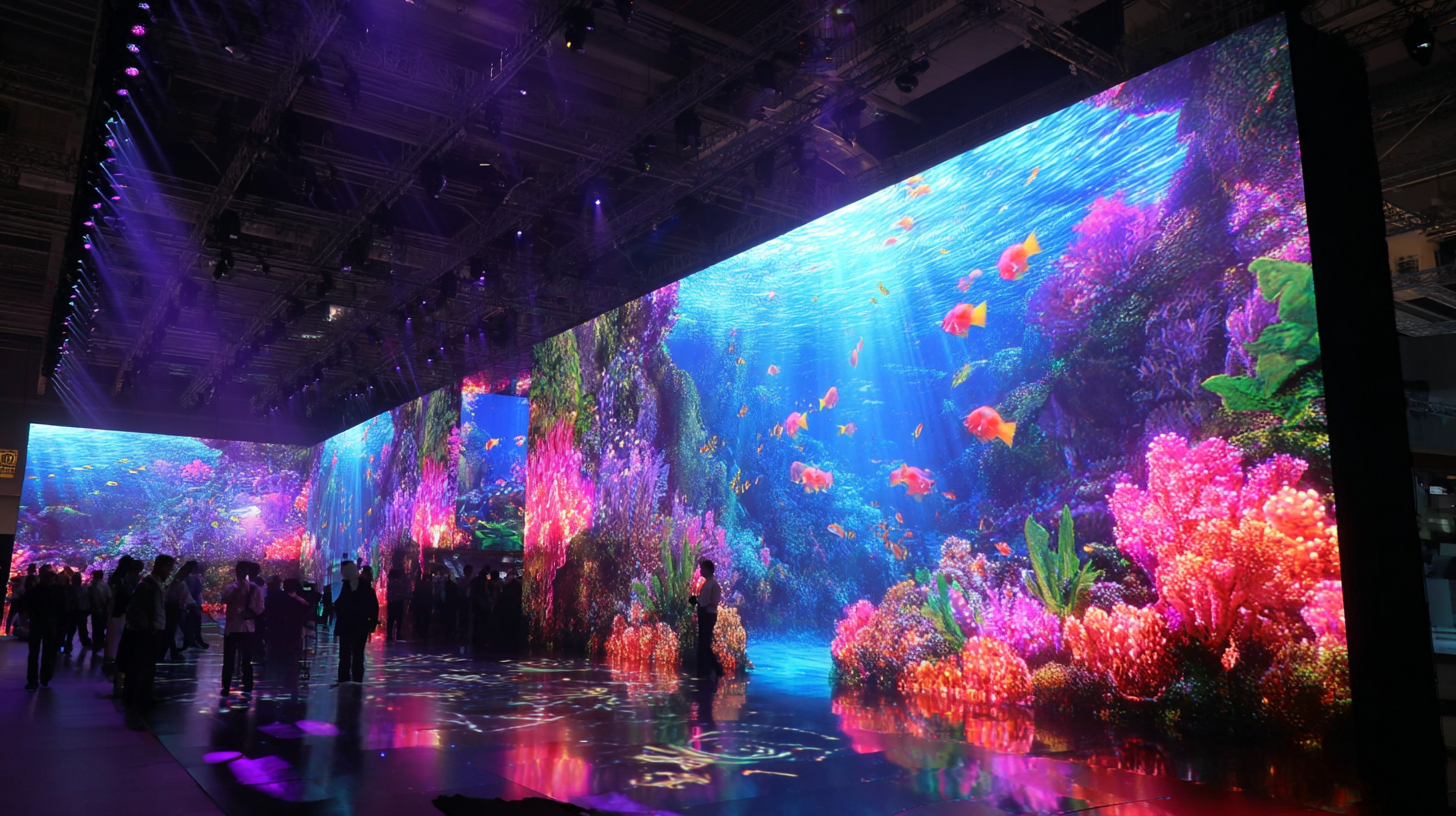
During the fair, manufacturers presented unique design concepts that reflected contemporary consumer preferences. Customization options, combined with smart technology integration, are vital trends as businesses strive to engage customers through captivating visual displays. The innovations demonstrated at the event align with the growing focus on sustainability, as many brands are now incorporating eco-friendly materials and energy-saving LED components into their products. The emphasis on innovative designs and environmental responsibility positions acrylic LED signage as a pivotal element in modern branding strategies, influencing various sectors from retail to hospitality.
The 2025 Canton Fair, also known as the 138th iteration of this iconic event, showcased remarkable advancements in acrylic LED signage, highlighting emerging technologies that are reshaping the production landscape. One of the key innovations presented was the integration of smart manufacturing practices, utilizing AI and IoT (Internet of Things) to enhance efficiency and precision. These technologies enable manufacturers to streamline their processes, optimizing every stage from design to assembly, resulting in high-quality products that meet the evolving demands of businesses.
Additionally, developments in materials science have led to the creation of new acrylic composites that offer improved durability and enhanced light diffusion properties. These materials not only extend the lifespan of LED signs but also provide more vibrant illumination, making them more appealing to consumers. As manufacturers adopt eco-friendly practices, the use of sustainable materials is becoming increasingly prevalent, ensuring that the production of acrylic LED signage aligns with global sustainability goals. The combination of these emerging technologies positions acrylic LED signage as a frontrunner in the advertising industry, marrying aesthetic appeal with functional excellence.
The 2025 Canton Fair provided a valuable platform for discussing sustainability practices in acrylic LED signage manufacturing, which is critical given the growing scrutiny around environmental impacts. According to a recent industry report by Smithers Pira, the global market for eco-friendly signage is projected to reach $10 billion by 2026, reflecting an increasing demand for sustainable materials and manufacturing processes.
Acrylic, known for its durability and visual appeal, can be recycled and repurposed, enhancing its eco-friendliness compared to traditional materials.
Innovations in production techniques are also contributing to sustainability in this sector. Many manufacturers are now utilizing water-based adhesives and eco-friendly inks that reduce harmful emissions and waste. Furthermore, advancements in LED technology have led to energy-efficient lighting solutions that minimize electricity usage by up to 80% compared to conventional signage. With these developments, acrylic LED signage is not only a visually striking option but also a responsible choice for companies looking to align their branding with sustainable practices, ultimately appealing to environmentally-conscious consumers.
In recent years, the demand for acrylic LED signage has surged significantly, driven by the growing preference for modern and eye-catching advertising solutions. According to a report by Allied Market Research, the global LED signage market is expected to reach $25 billion by 2026, growing at a CAGR of 12.5% from 2019. This rapid expansion reflects a shift in consumer preferences towards dynamic visual displays that enhance brand visibility and engagement, particularly in retail environments and public spaces.
At the 2025 Canton Fair, industry experts highlighted how acrylic LED signage combines aesthetics with functionality, making it a popular choice among businesses. It not only offers vibrant colors and high contrast but also allows for easy customization to suit various branding needs.
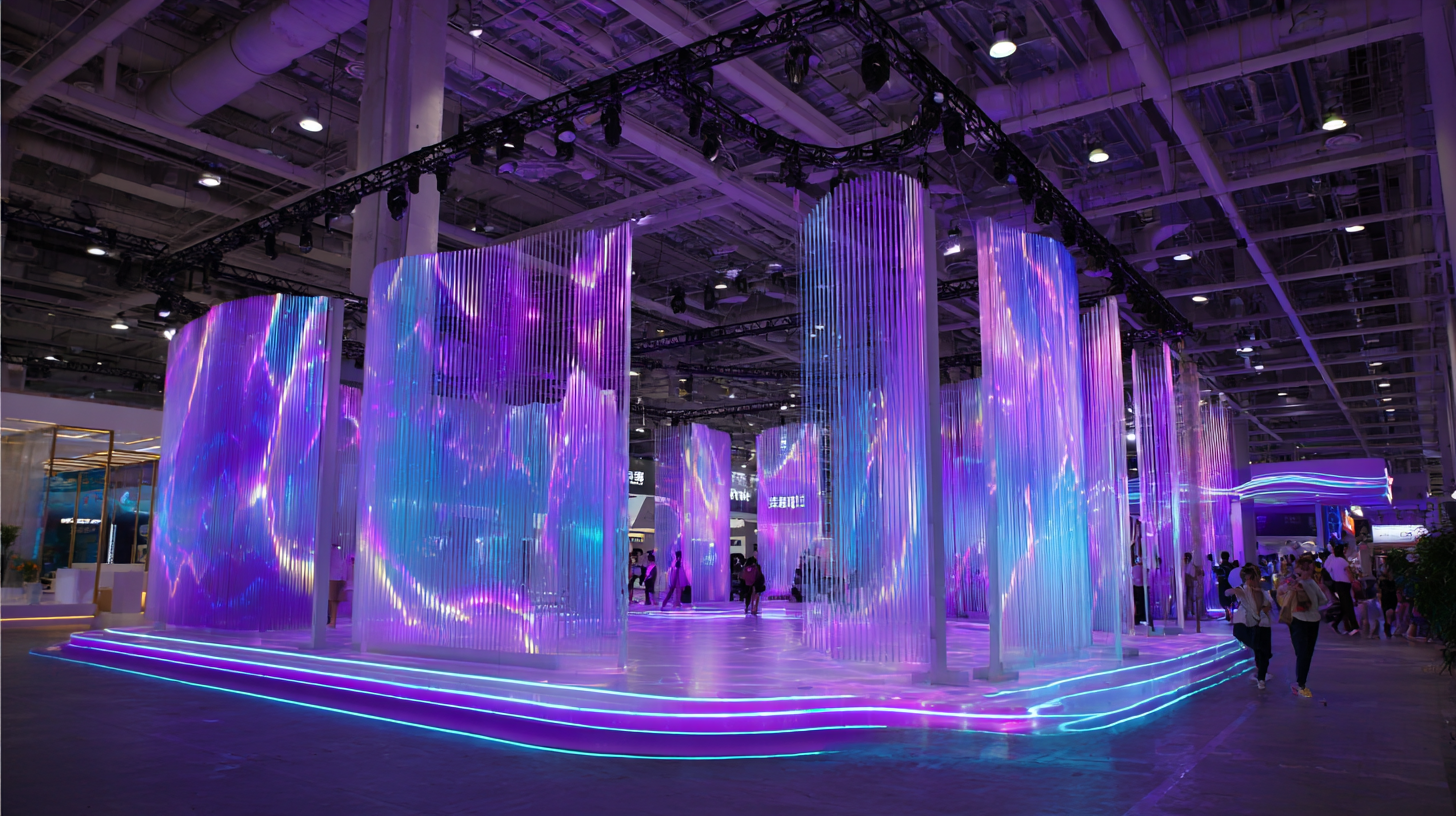
At the 2025 Canton Fair, innovative acrylic LED signage solutions were prominently showcased, highlighting their effectiveness in enhancing brand visibility and engagement.
One notable case study from a leading retail chain demonstrated how acrylic LED displays boosted foot traffic by 30% within the first month of implementation. Industry reports indicate that digital signage, especially LED, can increase customer dwell time by as much as 47%, emphasizing the growing importance of visual communication in retail environments.
Another successful implementation was observed in the hospitality sector, where a luxury hotel utilized acrylic LED signs to enhance guest navigation and elevate its brand image. An increase in customer satisfaction scores by 25% post-installation was reported, further reinforcing the impact of well-designed signage.
According to a recent market analysis, the global acrylic signage market is projected to reach $5 billion by 2026, driven by advancements in LED technology and the rising demand for customizable and sustainable signage solutions. These case studies underscore the transformative potential of acrylic LED signage in various industries, making a compelling argument for businesses to embrace this dynamic form of communication.
